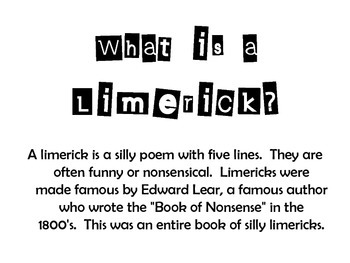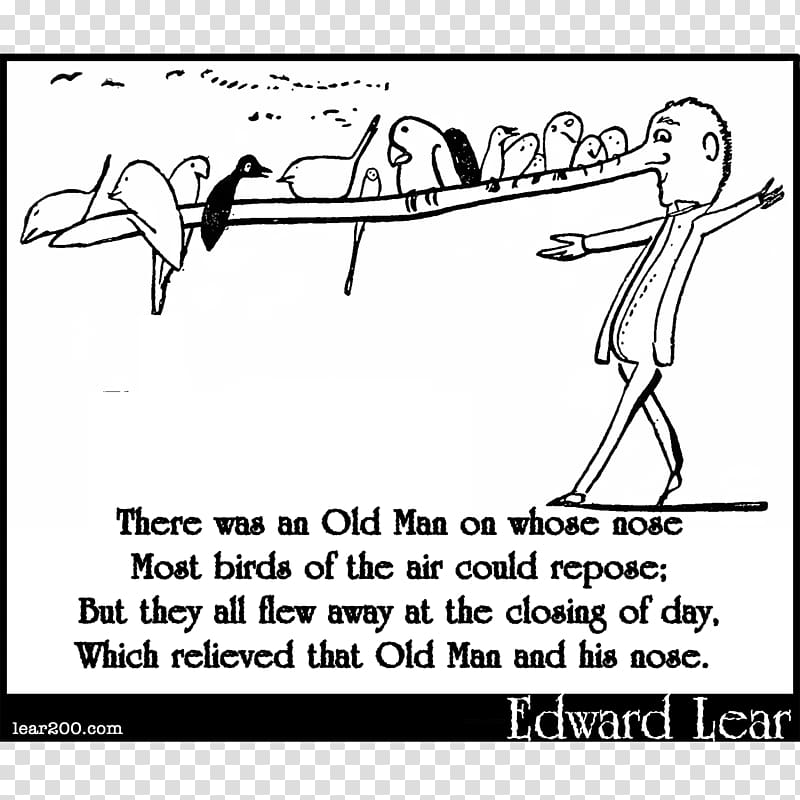We will analyse Pride and Prejudice by Jane Austen according to the setting, the character´s points of view and the tone in which the phrases are expressed. Setting. Where events took place: Netherfieldd Park (Bingley´s residence) Pemberly House (Darcy´s estate) The Derbyshire countryside Rosings (Lady Catherine´s home) Other settings may be include Longbourn, Hansford and Meryton. Narration. The novel is told in third person with limited omniscience and we are connected with Elizabeth´s perspective and experiences all the time. Characterization. Austen provides details about their physical characteristics and their personality too. Fine, eyes, pretty, woman, tolerable, tall person, handsome features, etc. Tone. If you want to understand the story, you need to focus on the tone whenever a character is expressing an idea. For instance, Mr. Bennet´s reaction to Elizabeth´s refusal to marry Collins. Interesting video: http...



Comentarios
Publicar un comentario